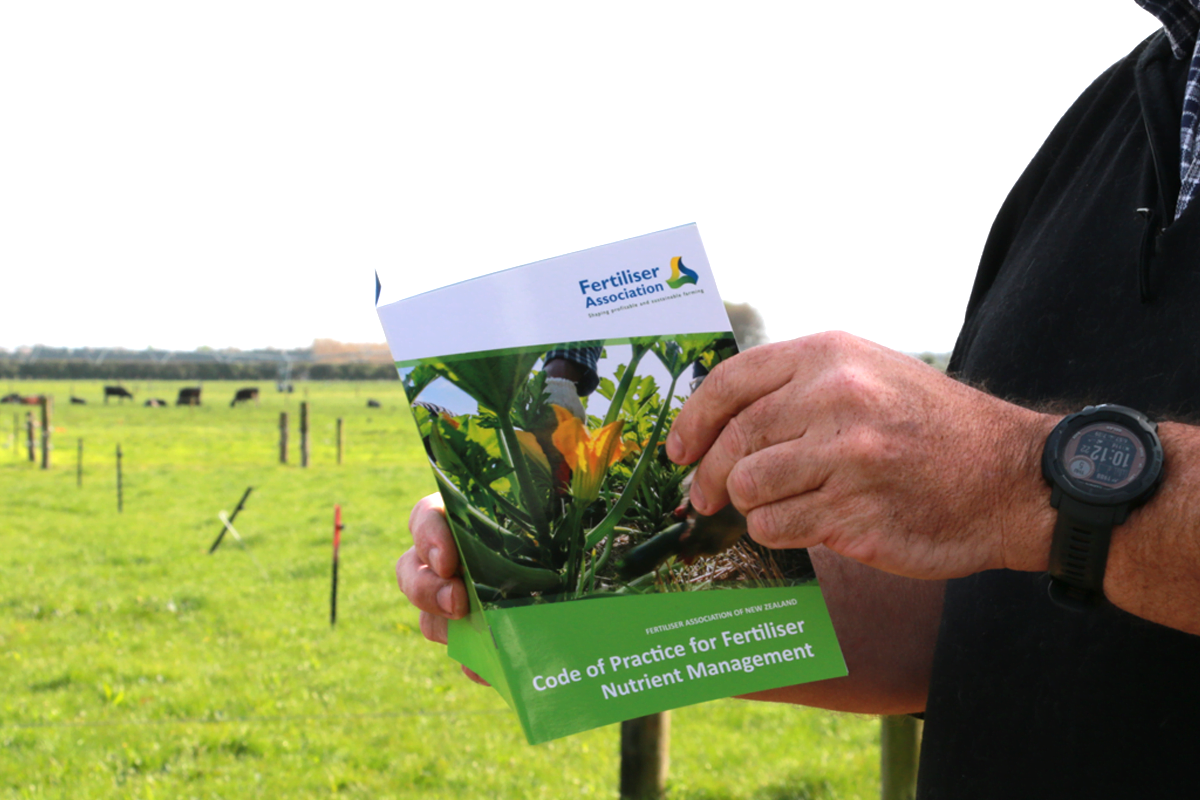The longevity of fencing out livestock as a method of decreasing contaminant concentrations in a headwater stream
September 2022
Publication: Journal of Environmental Quality
Author(s): R. W. McDowell
Water quality can be improved by fencing off streams from livestock. However, the remedial effect of fencing can fail as livestock trample near stream areas. Water samples were taken every 3–4 wk, and flow was monitored over time in a headwater stream from 2003 to 2019. In November 2005, the stream edge and an area near the stream used for wallowing by farmed red deer was fenced off and planted in native trees, shrubs, and grasses. Contaminant (nitrogen and phosphorus species, sediment, and the fecal indicator bacteria Escherichia coli) concentrations decreased after fencing until at least 2013 (55–84%). However, nitrate concentrations more than doubled owing to the use of a portion of the catchment for a grazed winter forage crop in 2013. Most concentrations remained low after fencing, but sediment concentrations slowing increased (3% yr−1), which was attributed to animal tracking near the fence line. The presence of stock in the catchment enriched stormflow losses but prevented losses during baseflow. These data indicate that, when implemented well, fencing and planting could potentially sustain good water quality for decades in farmed red deer systems.
 View Our Strategy Document 2019 – 2024
View Our Strategy Document 2019 – 2024



